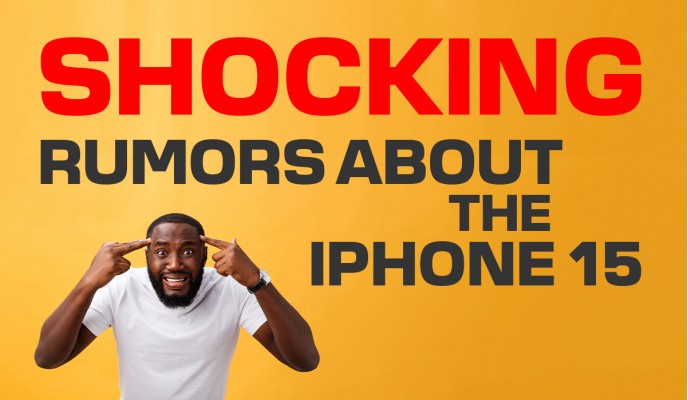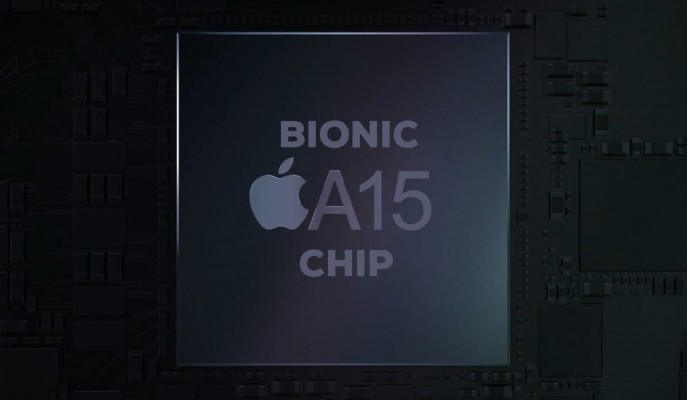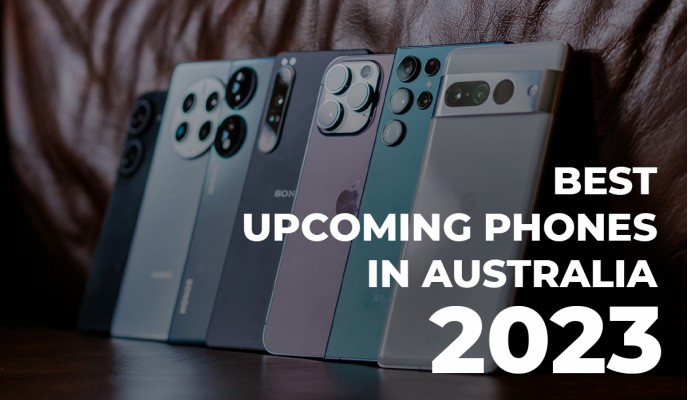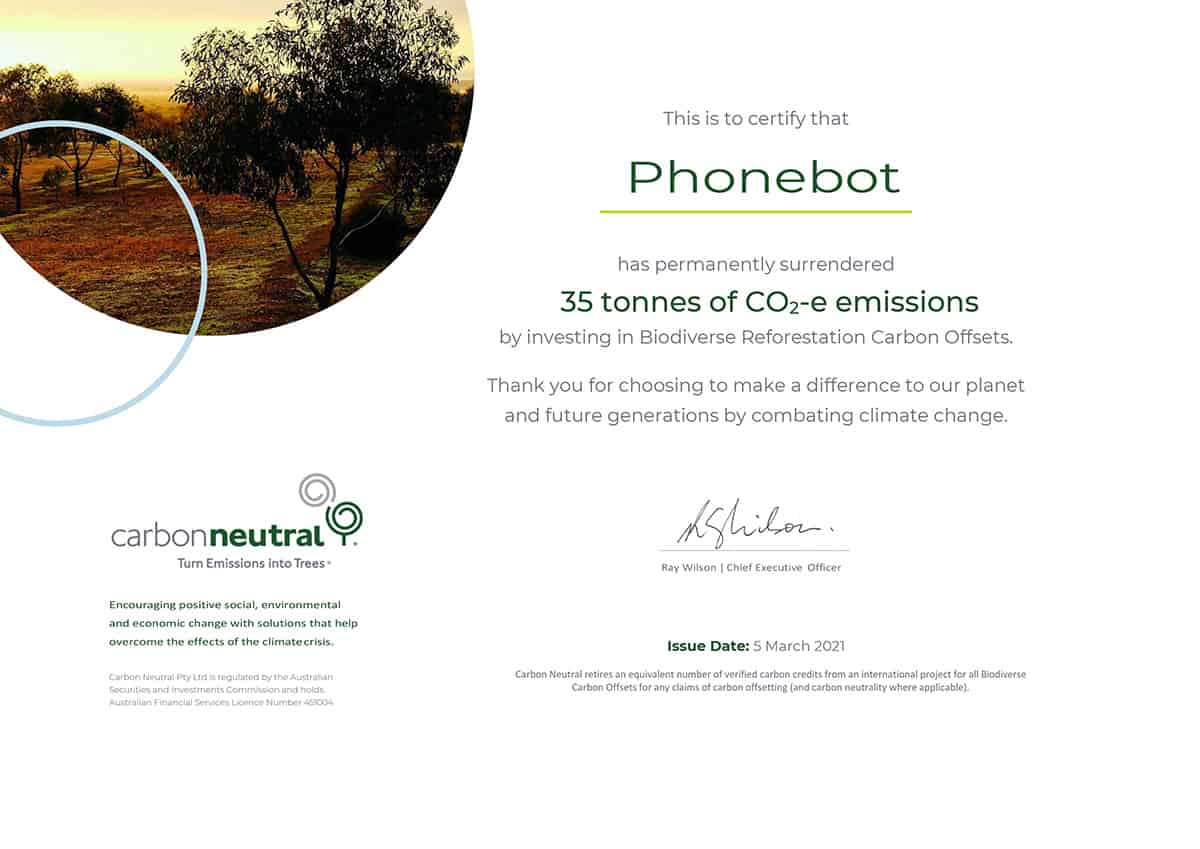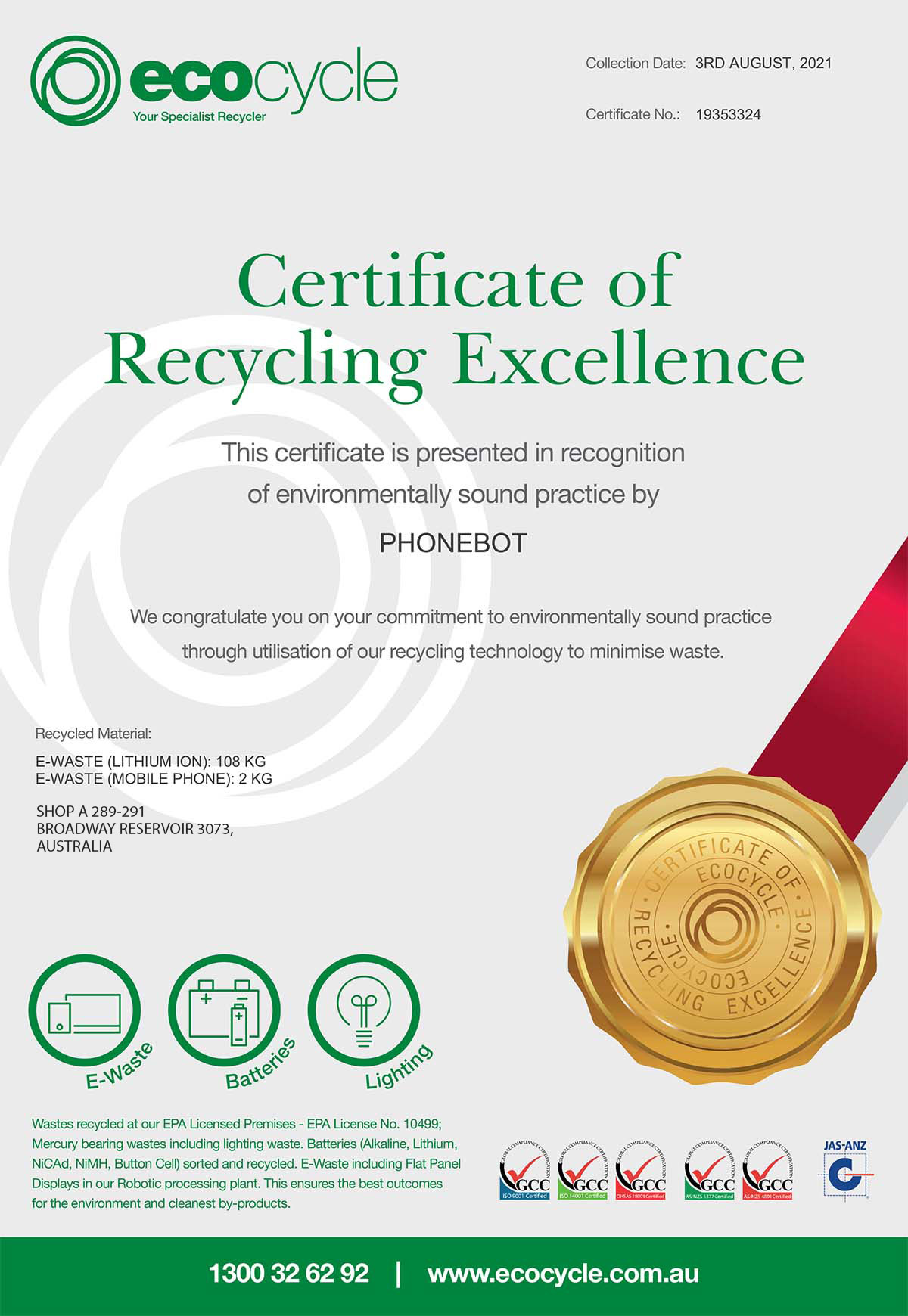All About MagSafe: A Comprehensive Guide Into the MagSafe Technology by Apple
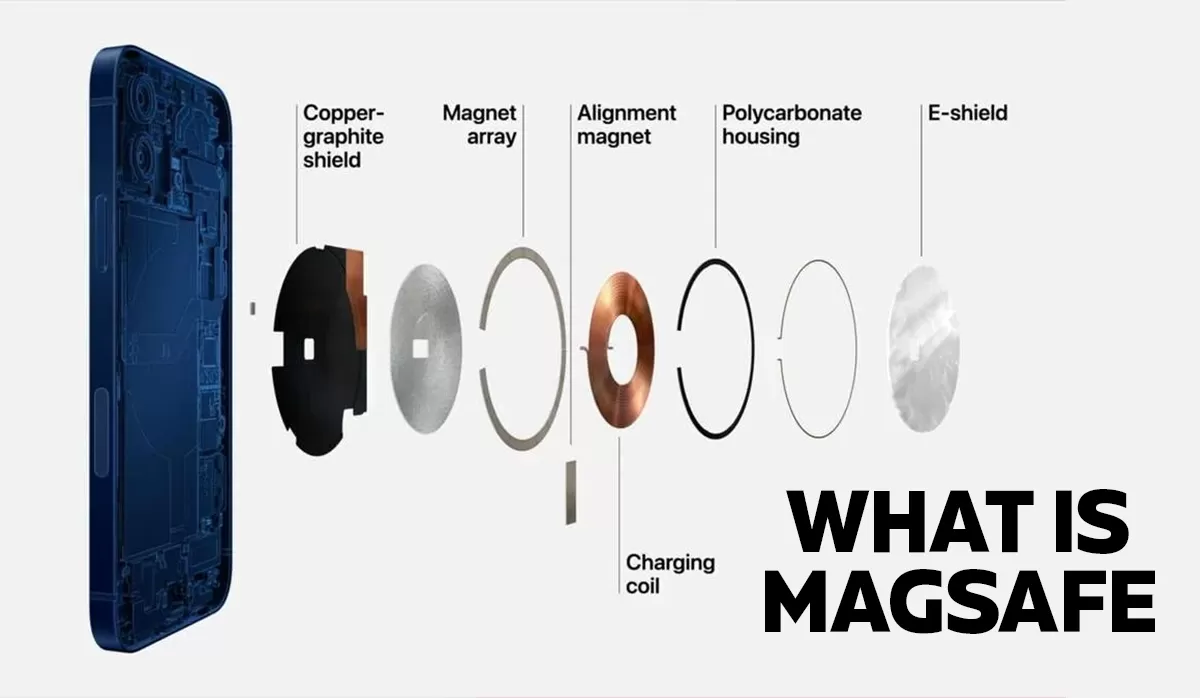
Although MagSafe technology dates back to 2006 models of MacBook, iPhone 12 was the first Apple handset to get it. Many Apple fans still need clarification about how MagSafe differs from the older Qi wireless chargers.
There needs to be more awareness about the different accessories that MagSafe iPhones support.
So read this guide to discover what MagSafe is and the potential it has in store for you.
What Is MagSafe?
MagSafe is an Apple-made charging system that uses magnets to bring safety to the charging experience. MagSafe uses identical Qi-based wireless charging coils with the addition of a magnet ring around them.
The ring easily snaps to the back of an iPhone that supports MagSafe charging. Among iPhones, iPhone 12 was the first series that supported MagSafe.
MagSafe ensures safety by safely detaching the cord from the phone if someone trips over it, saving it from an unexpected fall and damaging the cable.
Primarily built for charging, the MagSafe phones also stick to other MagSafe-compatible accessories, namely cases, battery packs, and wallets.
But wait! MagSafe does not only come in iPhones Macs have it too!
MagSafe For Mac
Historically, the MagSafe charging system dates back to 2006, supporting the Apple MacBook. However, in 2019 Apple discontinued MagSafe from MacBooks.
MagSafe reappeared in 2021 with the 14 and 16-inch models of the MacBook Pro.
Later on, in 2022, Apple announced the M2 MacBook Air with MagSafe 3.
Let’s see how it works on Macs.
How MagSafe For Mac Works
The MagSafe 3 connector is slimmer than its two predecessors and has a USB-C connector on the other end of the cable. MagSafe has connector pins surrounded by a wall of magnets that sticks to the Mac power socket.
If the cable receives a jolt, MagSafe detaches safely from the power socket, leaving the connector, power socket, and the Mac device undamaged.
Let’s have a detailed look at MagSafe technology for the iPhone.
MagSafe For iPhone
MagSafe for iPhone rolled out in 2020 with the release of the iPhone 12 and 12 Pro series. The same year Apple also released the MagSafe Duo Charger, which can charge two Apple products simultaneously.
The newer generation iPhones, namely iPhone 13 and iPhone 14, also feature MagSafe technology.
Apple's MagSafe Charger
Apple's MagSafe charger is a charging pad with magnets surrounding the Qi-based wireless charging coil. The charging pad is connected to a USB-C cable. The MagSafe phones also have a built-in MagSafe magnet ring, allowing the charger to snap and detach easily.
The charger has an aluminum body, and when snapped onto an iPhone, the charger perfectly aligns with the magnet ring inside the iPhone.
MagSafe chargers for iPhone 12 and 13 can deliver up to 15 W of power, whereas for iPhone 12 mini and iPhone 13 Mini, this power drops to 12 W.
Apple also announced the MagSafe Duo Charger, which has a MagSafe charger and a dedicated puck for charging Apple watches. The duo charger folds neatly, making it easy to carry.
MagSafe Charging Vs. Traditional Charging
While MagSafe seems to be an impressive technology, it's still nascent, and that's why it's way behind the traditional charger like USB-C to Lightning Cable regarding charging speed.
In practical usage, the MagSafe charger refills up to 50% of the battery in an hour. A USB-C to Lightning Cable would have taken half the time to charge 50% of the battery.
While MagSafe performs poorly against traditional charging, it's still faster than Qi-based wireless charging that can deliver 7.5 W at max.
Using The MagSafe Charger With Older iPhones
Although MagSafe rolled out in iPhone 12 and later devices, older iPhones like iPhone 11 or XR can still use a MagSafe charger.
MagSafe chargers can charge the older Qi-certified iPhones because it has the same Qi-based wireless charging coil within their casing; the only difference is the addition of magnet rings.
Despite that, the charging speed drops to even lower than the speed of the 7.5 W basic Qi charger when charging an older iPhone with a MagSafe charger.
Additionally, since older iPhones don't come with MagSafe support under the hood, they must be aligned manually with the MagSafe charger to start charging.
Also, Apple recommends using a 20 W adapter with a MagSafe charger for older iPhones.
MagSafe Vs. USB-C
Testing proved the MagSafe charger to be slower in terms of charging speed. A MagSafe charger takes about an hour to charge a dead iPhone battery up to 50%, while a 20 W USB-C charger takes about 30 minutes.
That makes the wired USB-C charger two times faster than a MagSafe charger. So, if you're in a hurry, using a wired USB-C to Lightning Cable is your best option.
However, MagSafe chargers have the edge over wired chargers regarding safety. They detach safely if the wire is pulled off abruptly due to any reason.
So, if you fear your kids may trip over the charging cable and damage your phone or the power socket, a MagSafe charger is your safest bet.
MagSafe Cases And Accessories
While MagSafe is mainly a charging technology, it also has other uses. iPhones with MagSafe support various MagSafe-compatible accessories, including MagSafe cases, chargers, battery packs, and wallets for iPhones.
MagSafe Cases:
Remember to buy a MagSafe-compatible case if you're buying a refurbished iPhone 12 or a later model. A case without MagSafe compatibility will render the MagSafe technology on your iPhone useless, causing you to remove the case each time you want to use a MagSafe charger.
A MagSafe case has a MagSafe case magnet array leaving room for the round MagSafe charger to snap directly to the phone body. You can also try your luck with a thin non-MagSafe case, but the charging efficiency may drop.
MagSafe Chargers:
Hands down, the Apple-made MagSafe charger is the better option than third-party MagSafe chargers. Apple's MagSafe charger snaps perfectly on iPhone 12 and later models, providing a fast wireless charging experience up to 15 W.
That said, MagSafe chargers can also charge older iPhones starting from iPhone 8 since it still supports Qi charging. Moreover, a MagSafe charger also supports AirPods with a wireless charging case.
Apple also makes a MagSafe Duo, a 2-in-1 charger. It has a MagSafe charger and an additional charger for the Apple watch. Apple recommends using a 27 W adapter to hit 14 W charging with the Duo Charger. With a 20 W adapter, you can charge up to 11 W.
MagSafe Battery Packs:
The MagSafe accessories include the MagSafe battery pack that returned in 2021. The battery packs provide a 40-70% additional charge on MagSafe-compatible iPhones. It has a sleek and small design that easily fits even with iPhone Mini models without blocking the camera view.
Third-party manufacturers like Belkin, Mophie, and Anker also offer cheaper battery packs that are large and provide more power.
MagSafe Wallet:
The MagSafe wallet is yet another impressive MagSafe accessory. With a MagSafe wallet, you can keep your frequently used credit cards handy for quick access whenever needed.
Like other MagSafe accessories, the wallet also snaps perfectly on your iPhone. In case it mistakenly detaches and falls, the Find My app will notify you, along with the location where you dropped it.
Benefits Of MagSafe
MagSafe is faster than the Qi Wireless charger, which delivers a max of 7.5 W. Moreover, the Qi chargers had to be manually aligned to position them perfectly on the back of the phone.
There was also the issue of phone vibration, causing the charging to stop as it would dislocate the charger from its position.
The MagSafe charger single-handedly solves all these issues. It has a faster charging speed of up to 15 W, and the magnetic technology automatically aligns the charger on the exact position. Even in cases of vibration, the charger remains connected.
We tried to cover everything about MagSafe technology. But if you still have some technology-related questions, you can find them below.
FAQs
Here are the answers to commonly asked queries about MagSafe technology.
What Devices Are Compatible With MagSafe Charging?
iPhone 12 and later models are compatible with MagSafe charging. Older iPhone models starting from iPhone 8, can also charge with MagSafe, but you'll have to align their position manually. The charging efficiency of MagSafe will also drop on older iPhones.
Does iPhone 11 Have MagSafe?
iPhone 11 doesn't have MagSafe, but it has Qi wireless charging. And since MagSafe still maintains compatibility with Qi charging, you can charge your Second Hand iPhone 11 with a MagSafe charger.
Does MagSafe Work Through A Case?
It won't work with thick cases, and you'll have to buy a MagSafe-compatible case to get the full benefit of MagSafe charging. You may try your luck with thin cases, but there's a chance of lower charging efficiency.
How Is MagSafe Different From Qi Charging?
MagSafe has magnet rings surrounding the coils of the Qi wireless charger that interlocks the phone and the charger perfectly without needing manual help.
 Sale
Sale![Apple iPhone 12 5G (64GB) [Grade A] Apple iPhone 12 5G (64GB) [Grade A]](https://www.phonebot.co.uk/image/cache/catalog/refurbished/apple/iphone-12/iphone-12-blue1-200x170.jpg)
![Apple iPhone 12 5G (128GB) [Grade A] Apple iPhone 12 5G (128GB) [Grade A]](https://www.phonebot.co.uk/image/cache/catalog/refurbished/apple/iphone-12/iphone-12-black-200x170.jpg)
![Apple iPhone 12 Mini 5G (64GB) [Grade A] Apple iPhone 12 Mini 5G (64GB) [Grade A]](https://www.phonebot.co.uk/image/cache/catalog/refurbished/apple/iphone-12/iphone-12-green-200x170.jpg)
![Apple iPhone 12 Pro Max 5G (512GB) [Grade B] Apple iPhone 12 Pro Max 5G (512GB) [Grade B]](https://www.phonebot.co.uk/image/cache/catalog/refurbished/apple/iphone-12/iphone-12-pro/iphone-12-pro-pacific-blue-200x170.jpg)
![Apple iPhone 13 Mini 5G (128GB) [Grade A] Apple iPhone 13 Mini 5G (128GB) [Grade A]](https://www.phonebot.co.uk/image/cache/catalog/Apple IP 13/iphone-13-red-200x170.jpg)
![Apple iPhone 13 5G (512GB) [Grade A] Apple iPhone 13 5G (512GB) [Grade A]](https://www.phonebot.co.uk/image/cache/catalog/Apple IP 13/iphone-13 -pink-200x170.jpg)
![Apple iPhone 14 Pro Max 5G (512GB) [Like New] Apple iPhone 14 Pro Max 5G (512GB) [Like New]](https://www.phonebot.co.uk/image/cache/catalog/refurbished/apple/iphone-14/iphone-14-pro/apple-iphone-14-pro-purple-200x170.jpg)
